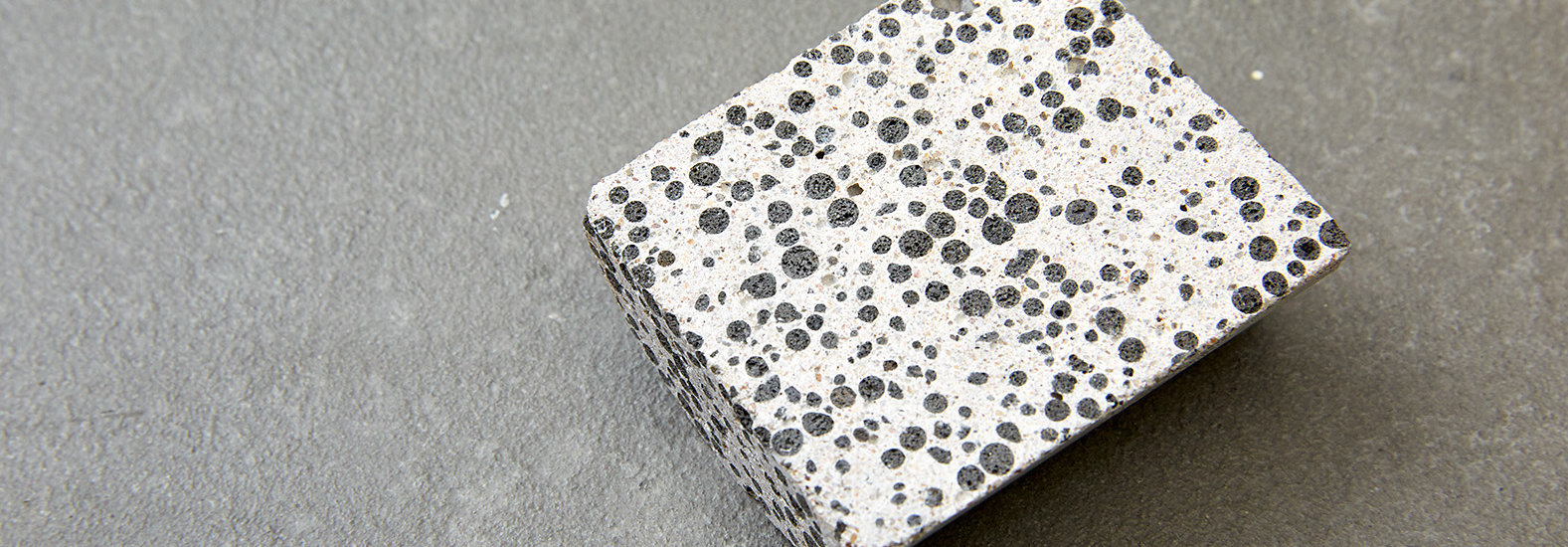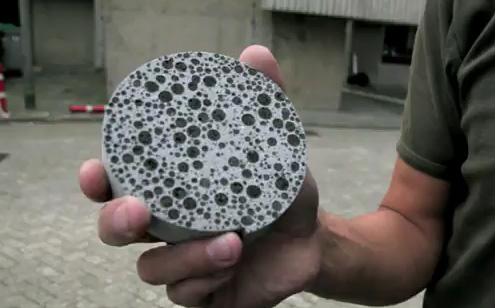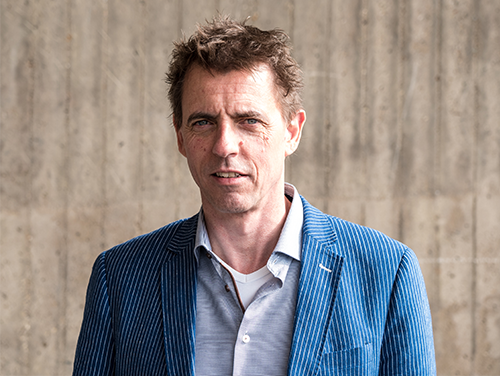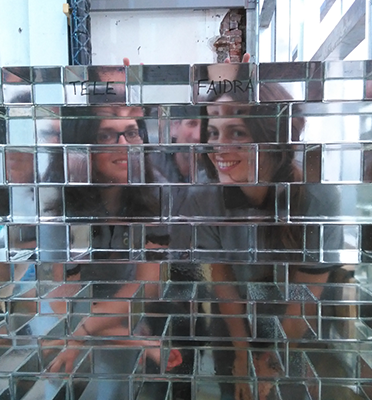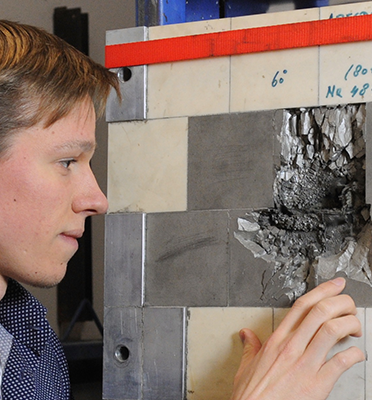Repairing cracks in concrete structures is a time consuming, costly but necessary business. TU Delft is researching how the self-healing capacity of concrete structures can be improved by using calcite-precipitating bacteria and what conditions are necessary for these bacteria to thrive.
Crack prevention
Although concrete is the world’s most used building material, it has a serious flaw: it can easily crack when under tension. If these cracks become too large, they will lead to corrosion of the steel reinforcement, which not only results in an unattractive appearance, but also jeopardizes the structure’s mechanical qualities. That is why engineers often use a larger than necessary amount of steel reinforcement within a concrete structure in order to prevent the cracks from becoming too large. This extra steel has no structural use and is an expensive solution as steel prices are high. Another way to deal with cracks is to repair them, but this can be extremely difficult in underground or liquid retaining structures. The ultimate solution would be self-healing concrete, which is exactly what TU Delft researchers are working on.
Bacteria
By embedding calcite-precipitating bacteria in the concrete mixture, it is possible to create concrete that has self-healing capacities. As the pH value of concrete is very high, only the so-called alkaliphilic bacteria are able to survive. We have mixed several of these bacteria into a cement paste and after a month found the spores of three particular bacteria where still viable.
Practical use
The use of bacterial concrete can in theory lead to substantial savings, especially in steel reinforced concrete. It will also mean durability issues can be tackled in a new and more economical way when designing concrete structures. Bacterial concrete is ideal for constructing underground retainers for hazardous waste, as no humans would have to go near it to repair any occurring cracks. For residential buildings, however, it does seem the traditional repairing of cracks will remain the most economically attractive solution for now.
Currently, our research focuses on creating the right conditions for the bacteria to produce as much calcite as possible and on optimizing the distribution of food for the bacteria. In addition, we are also looking at the self-healing ability of bacterial concrete and how this is affected by the various deterioration mechanisms involved, such as sulfate attacks or temperature fluctuations. All of our research is done at the TU Delft’s Microlab, where fracture testing equipment as well as numerical tools for structure information and fracture modeling are available.
The Self Healing Concrete project is part of the TU Delft wide Self-healing Materials research programme at the Delft Center for Materials (DCMat). Furthermore, we collaborate with the Biotechnology section at the Faculty of Applied Sciences and the South Dakota School of Mines in the United States.
Published: March 2016
